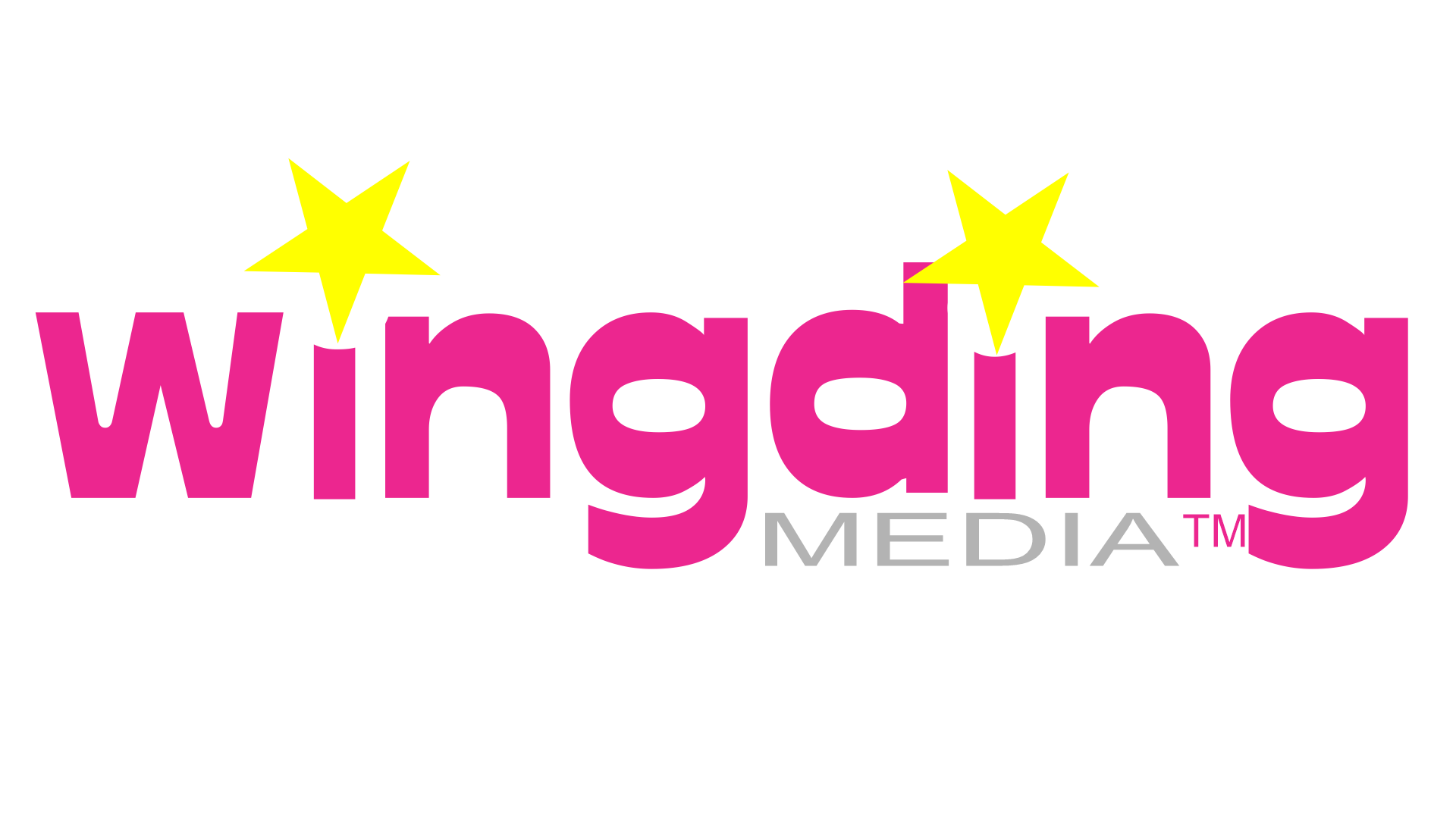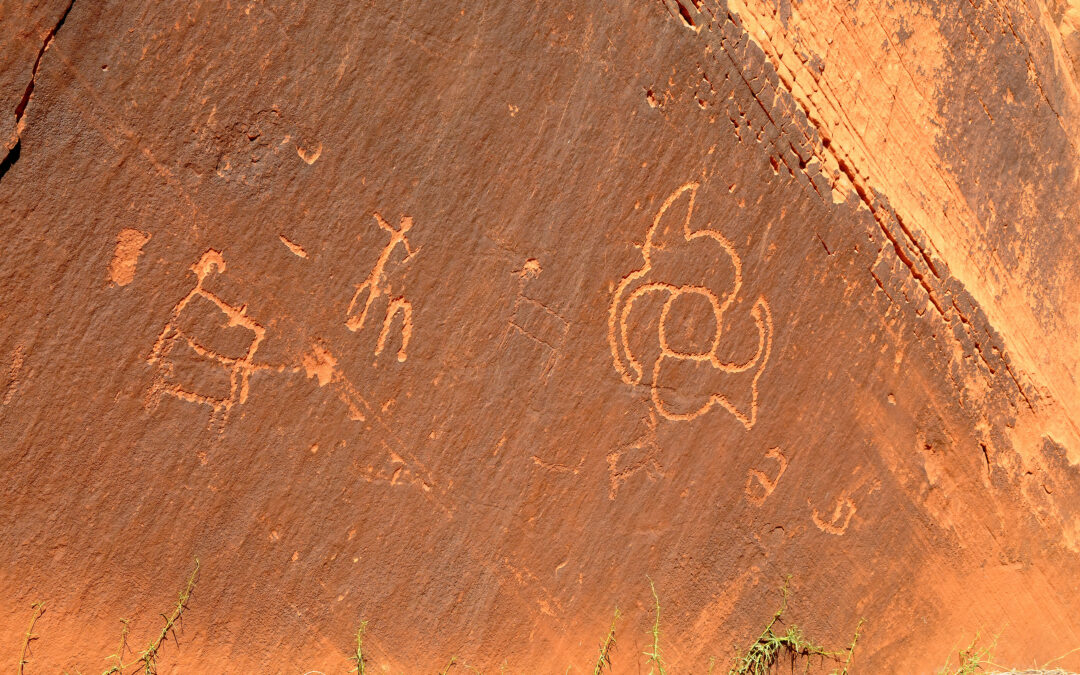Communication is a fundamental aspect of human existence, and throughout history, it has continually evolved to meet the changing needs of societies. From the earliest petroglyphs to the dawn of artificial intelligence (AI), this article traces the fascinating journey of communication methods that have shaped the way we connect and exchange information.
1. Petroglyphs and Pictograms:
Communication began with primitive forms of visual language. Ancient civilizations carved symbols and images onto rocks and cave walls, known as petroglyphs. These early forms of communication conveyed simple messages and served as a foundation for the development of written languages.
2. Smoke Signals:
Indigenous peoples across the world developed smoke signals as a means of long-distance communication. By using controlled fires and patterns of smoke, they could convey messages across vast distances, a valuable tool for signaling danger, gatherings, or emergencies.
3. Pony Express:
In the 19th century, the Pony Express emerged in the American West as a rapid mail service. Young riders on horseback carried mail across great distances, significantly speeding up communication between the East and West coasts.
4. Telegraph and Morse Code:
The mid-19th century brought a revolutionary development in communication—the telegraph. Samuel Morse’s invention of the telegraph and Morse code allowed messages to be transmitted across vast distances almost instantaneously. It played a crucial role in business, news, and military operations.
5. Radio Communication:
The invention of the radio in the late 19th and early 20th centuries transformed long-distance communication. It allowed for the broadcast of news, entertainment, and information to a global audience, connecting people in new ways.
6. Television:
Television marked a significant leap forward in the visual communication of the 20th century. It enabled the transmission of live events, news, and entertainment into people’s homes, fostering a shared global culture.
7. The Internet and the World Wide Web:
The late 20th century brought the internet, a groundbreaking development in communication technology. It connected people globally, allowing for instant messaging, email, and access to vast amounts of information. Tim Berners-Lee’s creation of the World Wide Web in 1989 revolutionized the way we access and share data.
8. Artificial Intelligence (AI):
As we step into the 21st century, AI represents the next frontier in communication. AI-driven technologies, such as virtual assistants, chatbots, and deep learning algorithms, are enhancing communication by automating tasks, personalizing interactions, and providing new ways to access and analyze information.
The Future of Communication:
The evolution of communication continues with emerging technologies like 5G, augmented reality (AR), virtual reality (VR), and the Internet of Things (IoT). These innovations promise to further transform the way we connect and communicate, offering new opportunities and challenges.
Conclusion:
The history of communication is a testament to human ingenuity and adaptability. From petroglyphs etched on stone to the boundless possibilities of artificial intelligence, our ability to convey information and connect with one another has evolved in extraordinary ways. As we embrace the future, we can only anticipate that communication will continue to shape the way we live, work, and relate to the world around us.

